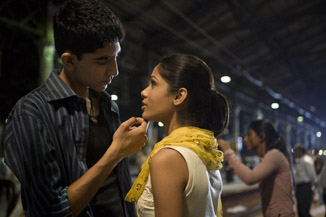|
|
What Went Right: Slumdog MillionaireBy Shalimar ShahotaDecember 2, 2013
Slumdog Millionaire was backed by Celador (the UK production company behind the original Who Wants to Be a Millionaire? TV series), Film4 and Pathé. Tessa Ross of Film4 (the film’s executive producer) optioned the film rights in Vikas Swarup’s novel Q&A, approaching Simon Beaufoy to pen the script. Director Danny Boyle read it and knew within the first 20 pages that he was going to direct it. The film had a production budget of $15 million, with Warner Independent Pictures agreeing to distribute it in the US. During shooting, Loveleen Tandan was initially involved as a casting director, but eventually became credited as a co-director. It was she who suggested that parts of the film had to be in Hindi rather than completely in English. It was a move that also helped draw in a wider Indian audience. In May 2008, the film was in post-production when Boyle was given the news that Warner Independent Pictures would be closing. “Warners weren’t going to distribute it because they closed Warner Independent,” said Boyle to Empire magazine. “We didn’t have a North American distributor.” The film was set up at Warner Bros., who suggested releasing the film straight-to-DVD. They then told Boyle that alternatively he could pick another distributor to sell the film to. In stepped Fox Searchlight, who originally expressed interest, and agreed to market and distribute the film in the US. Said Fox Searchlight President Peter Rice, “The film is tour de force of filmmaking that hits you both viscerally and emotionally at every twist and turn. Everyone here was just astonished by the movie and immediately knew we had to be involved with it. Searchlight is pleased to able to work with Warner Bros. on such a unique and extraordinary film.”
[ View other What Went Right columns ]
[ View other columns by Shalimar Sahota ]
[ Email this column ]
|

|
|
|

|
Friday, November 1, 2024
© 2024 Box Office Prophets, a division of One Of Us, Inc.


